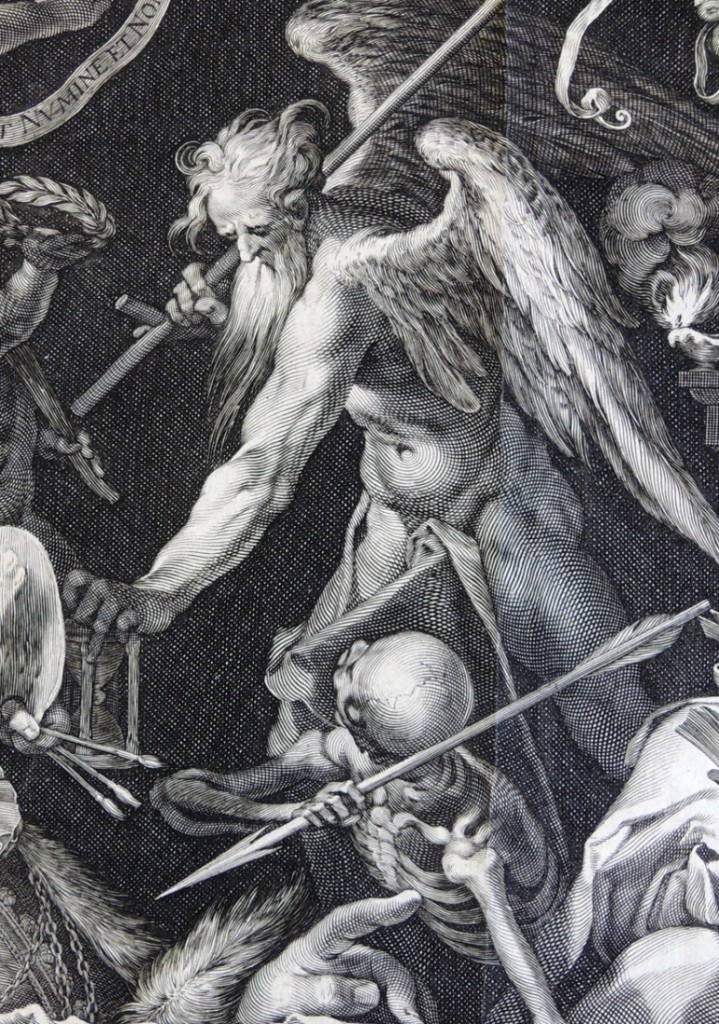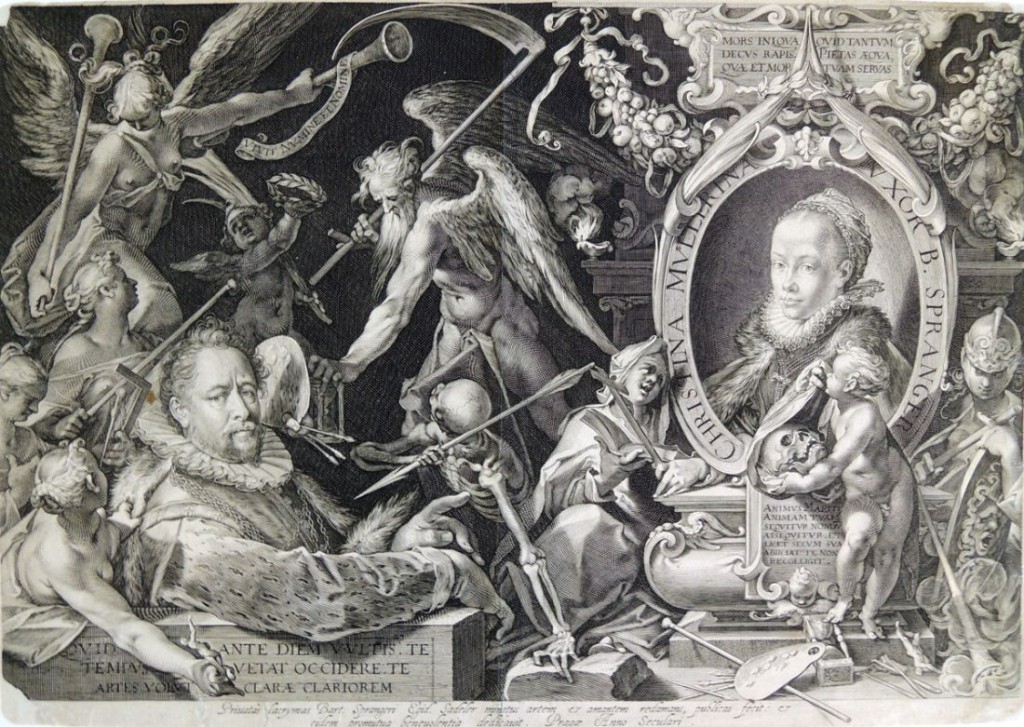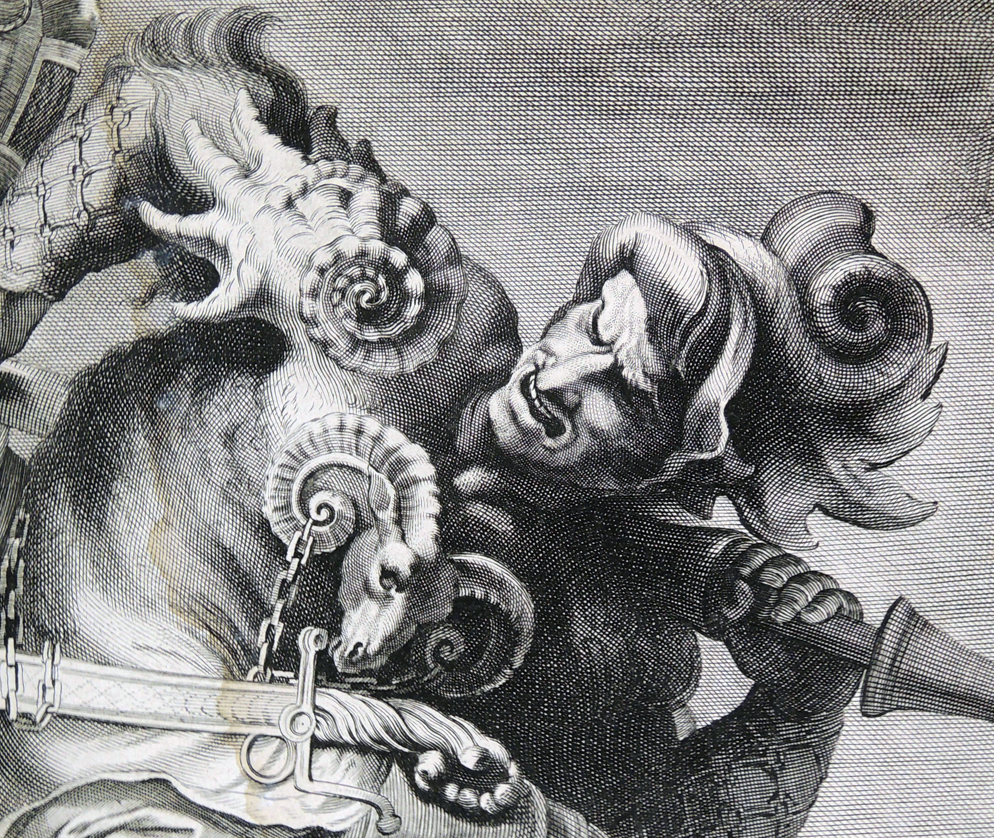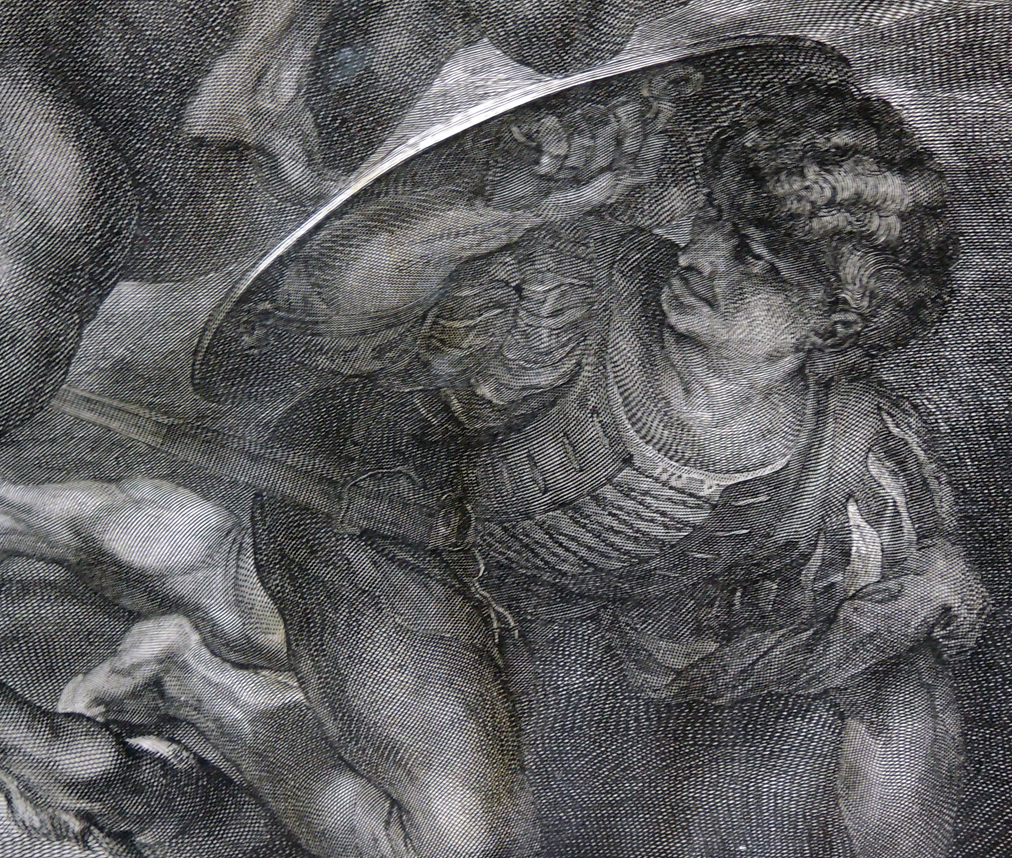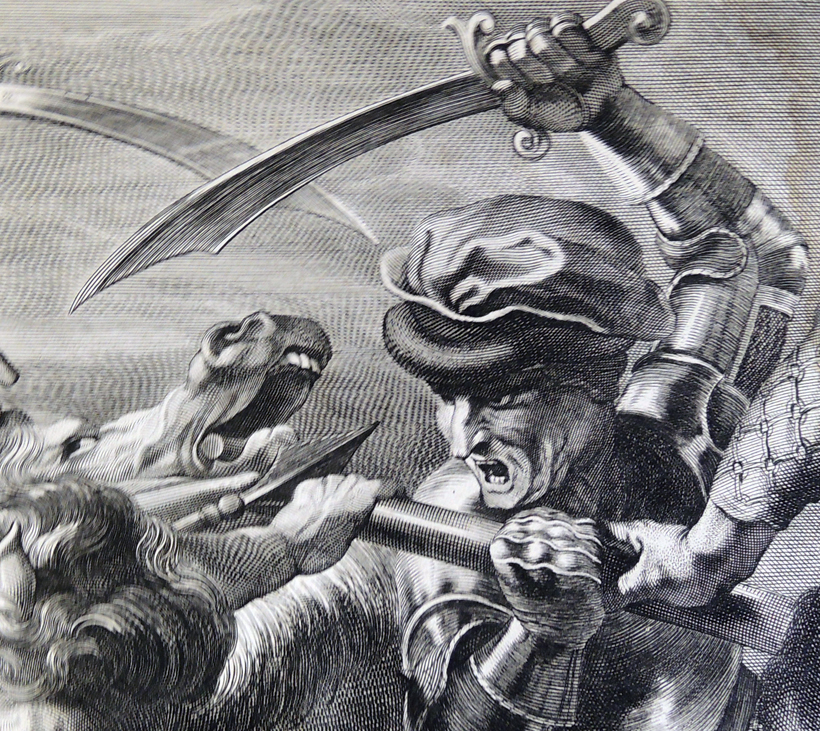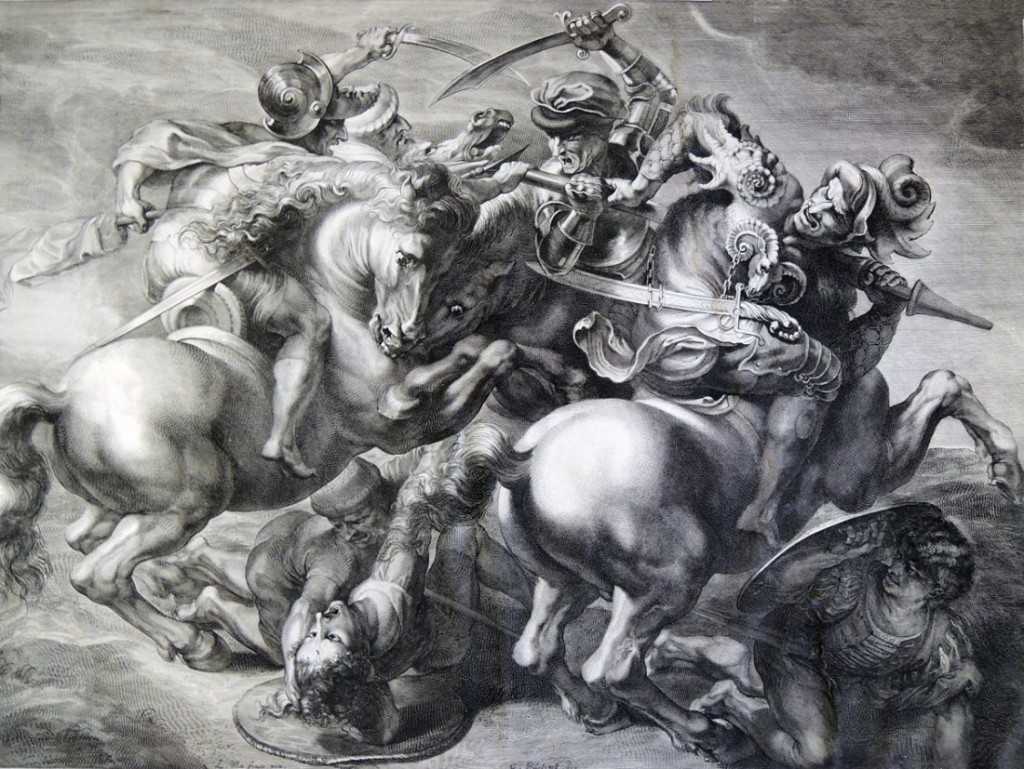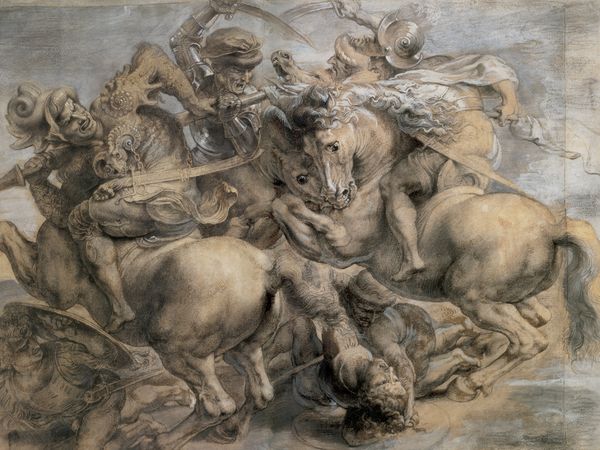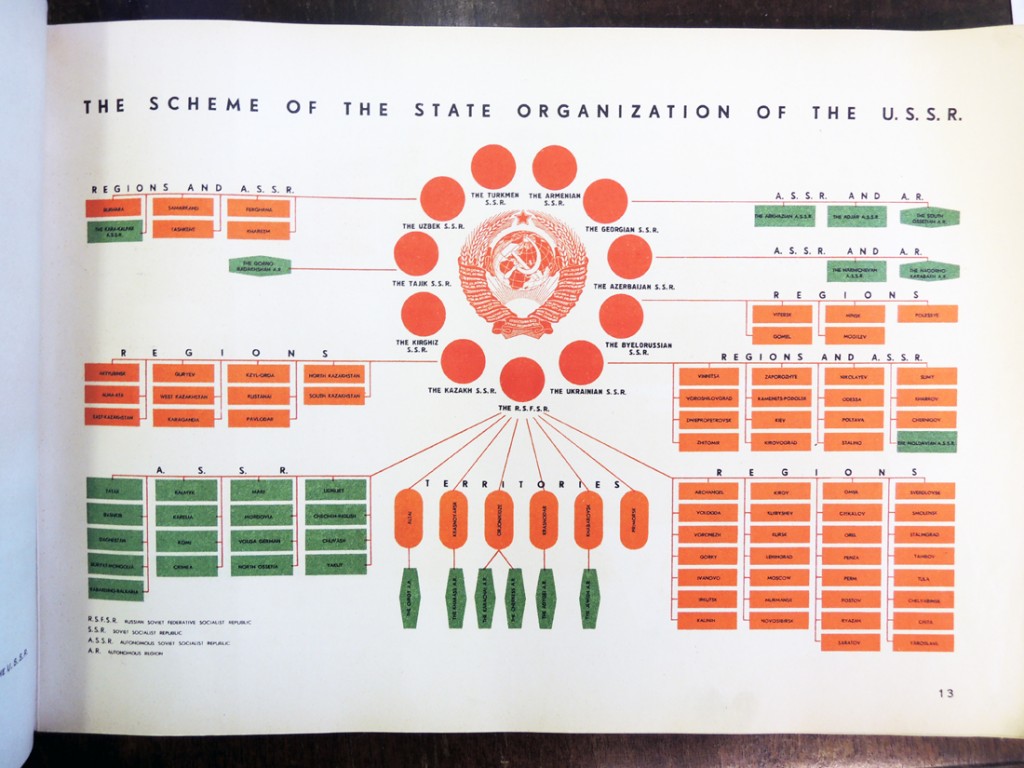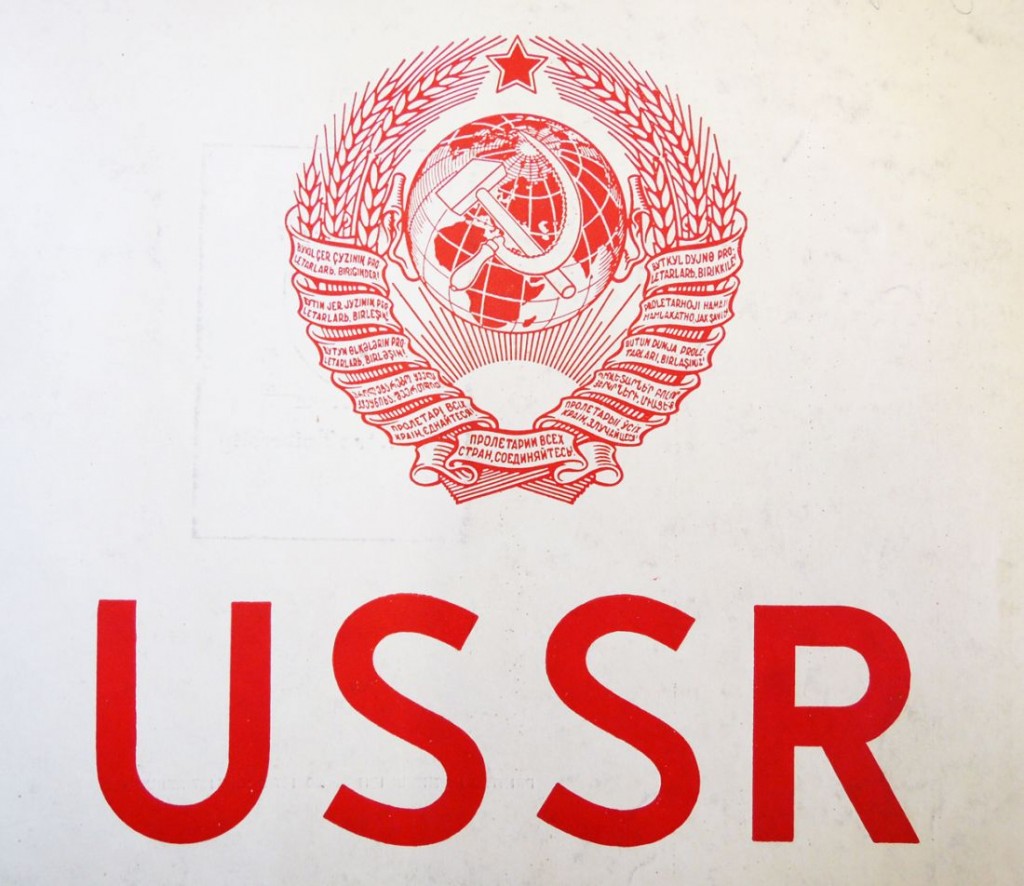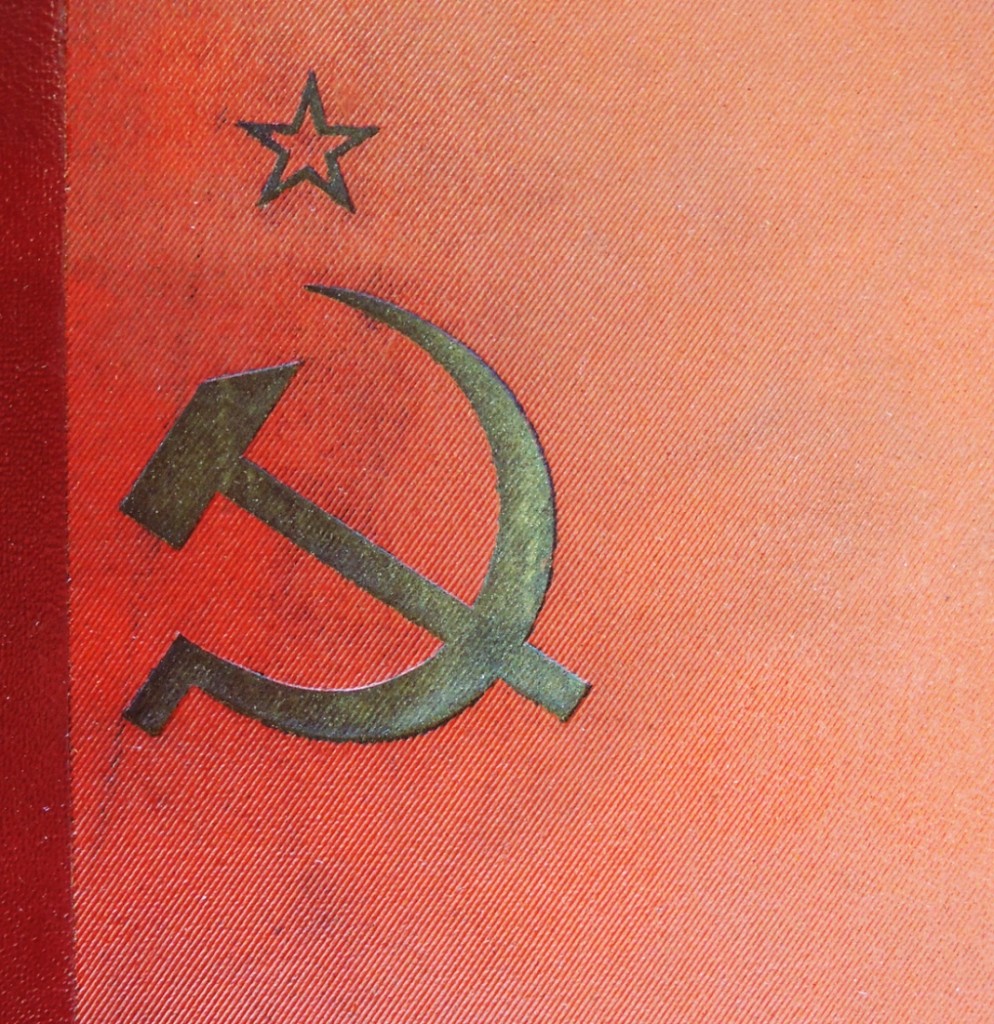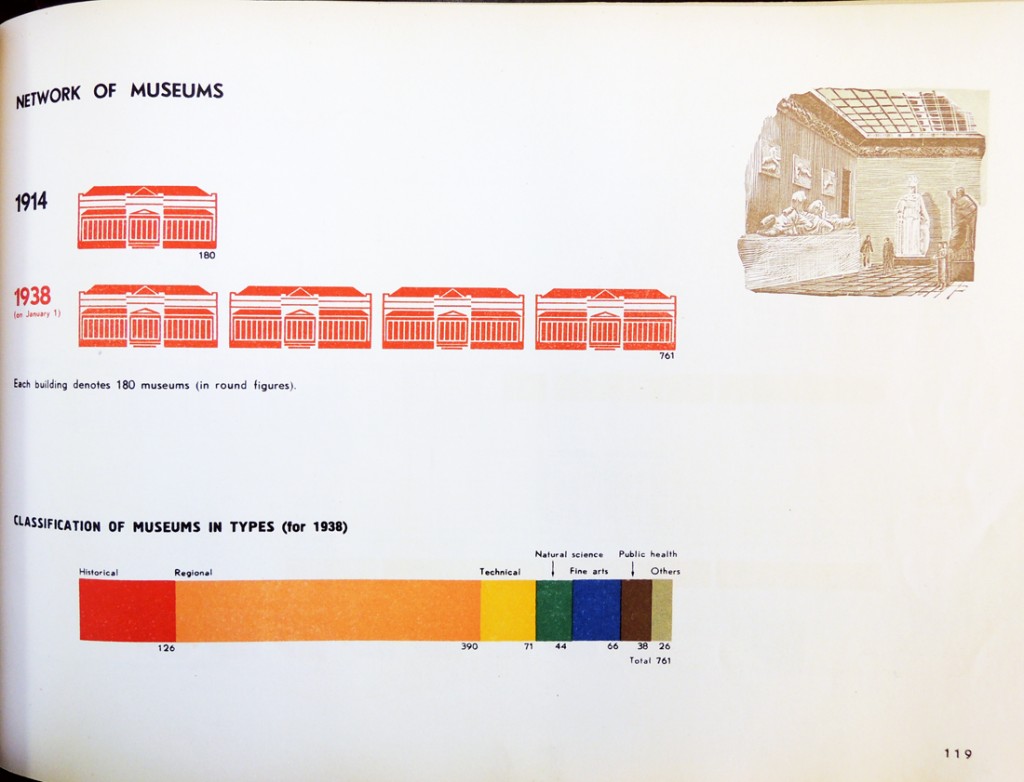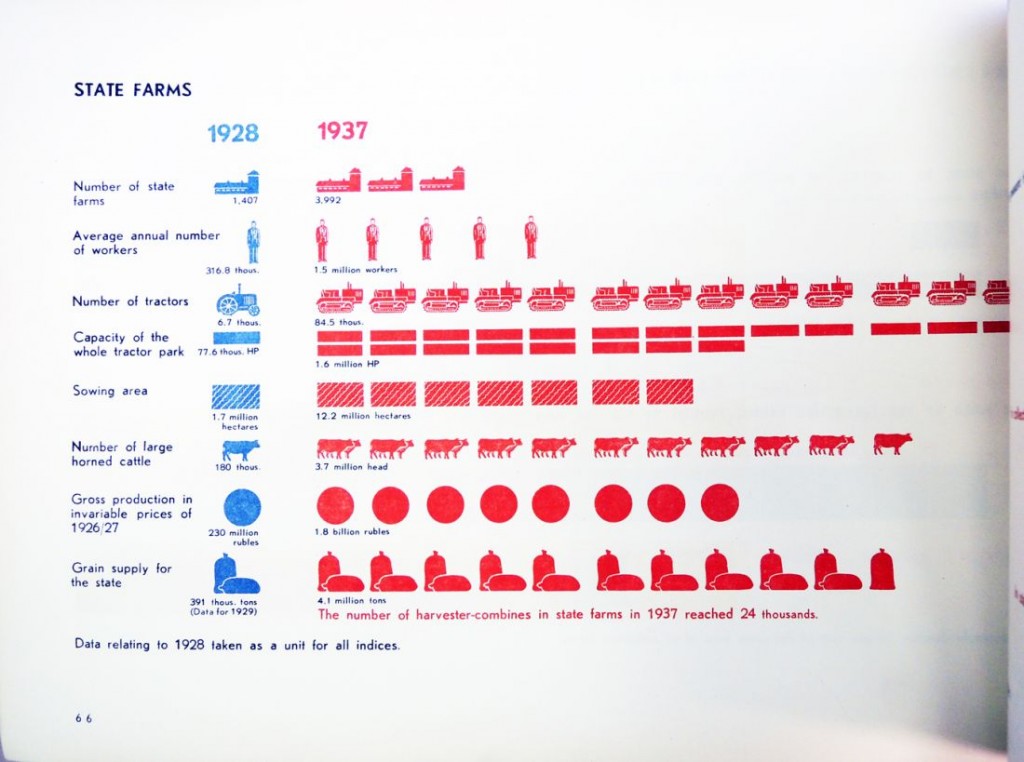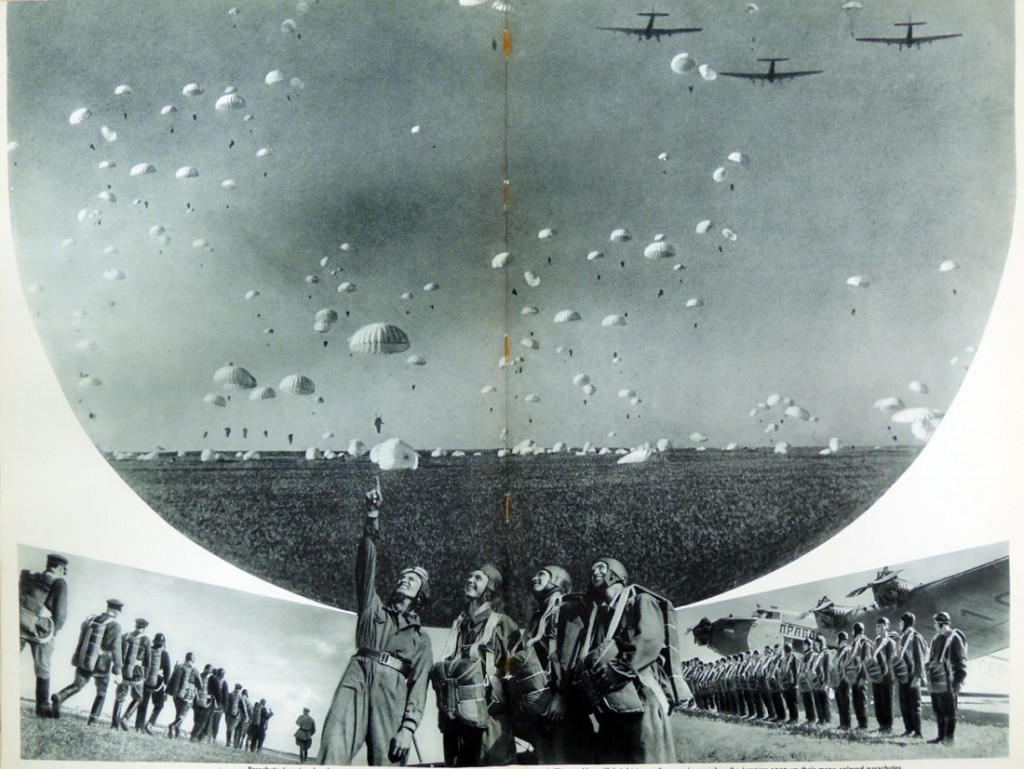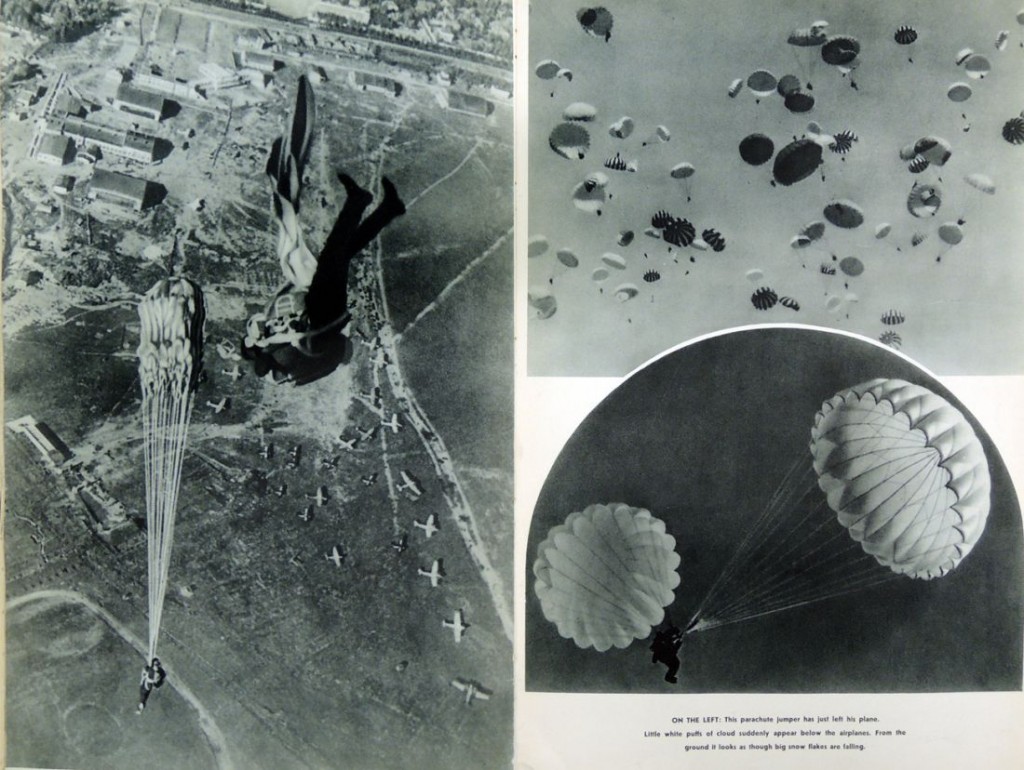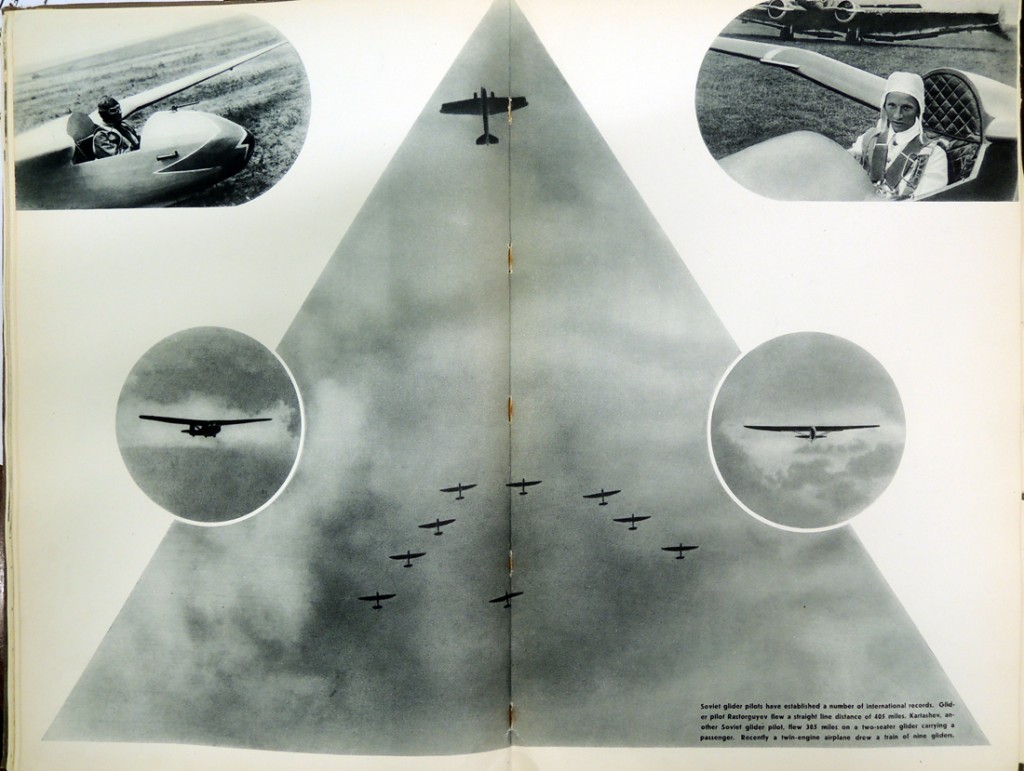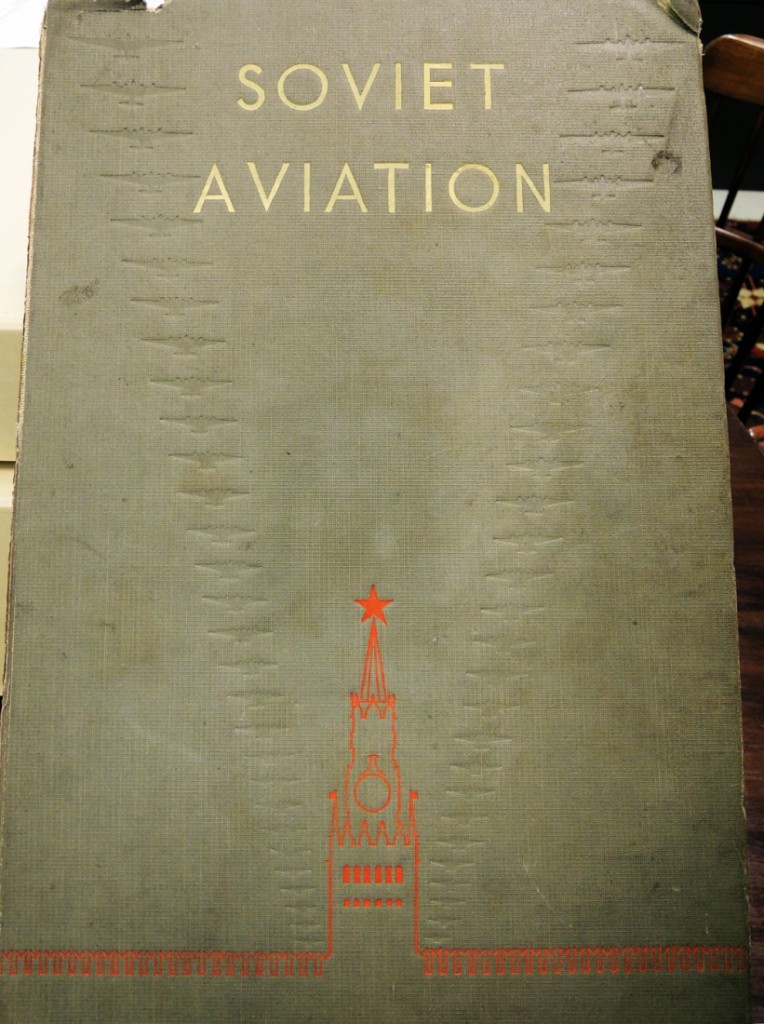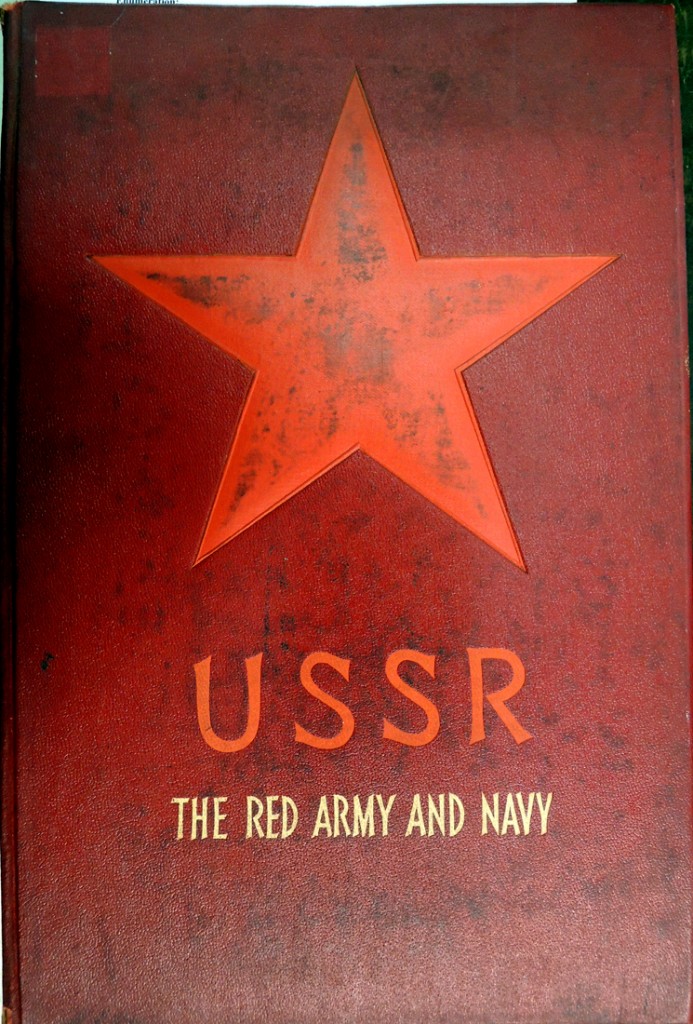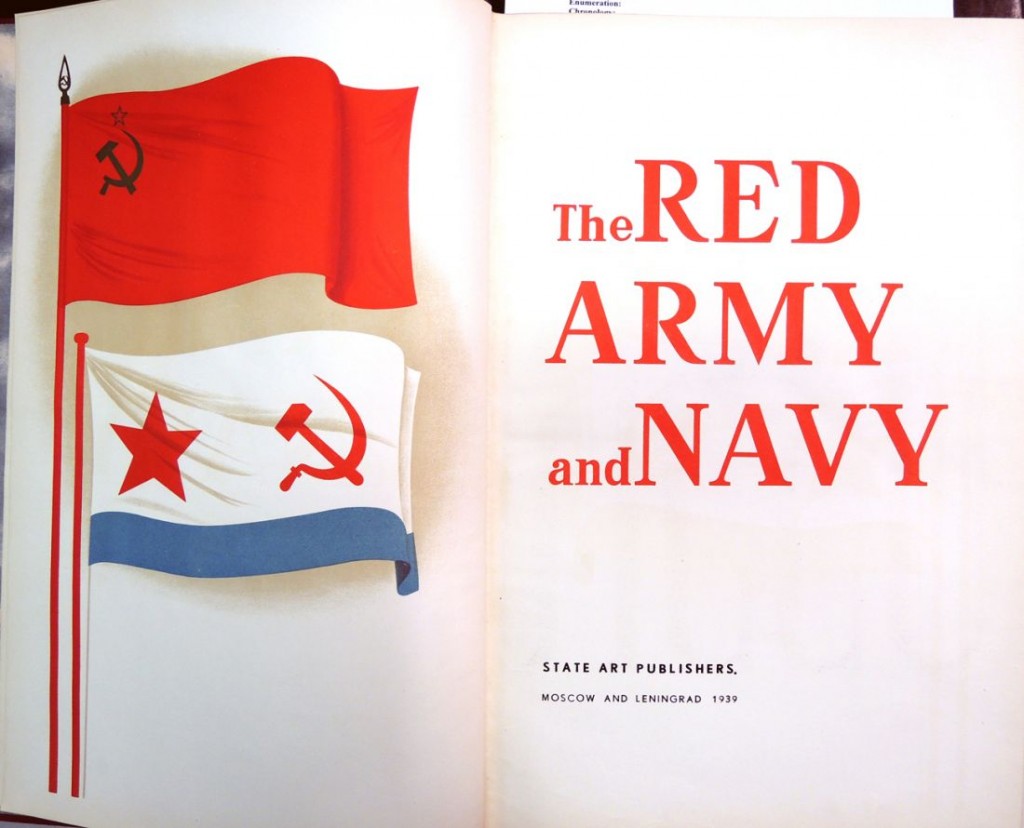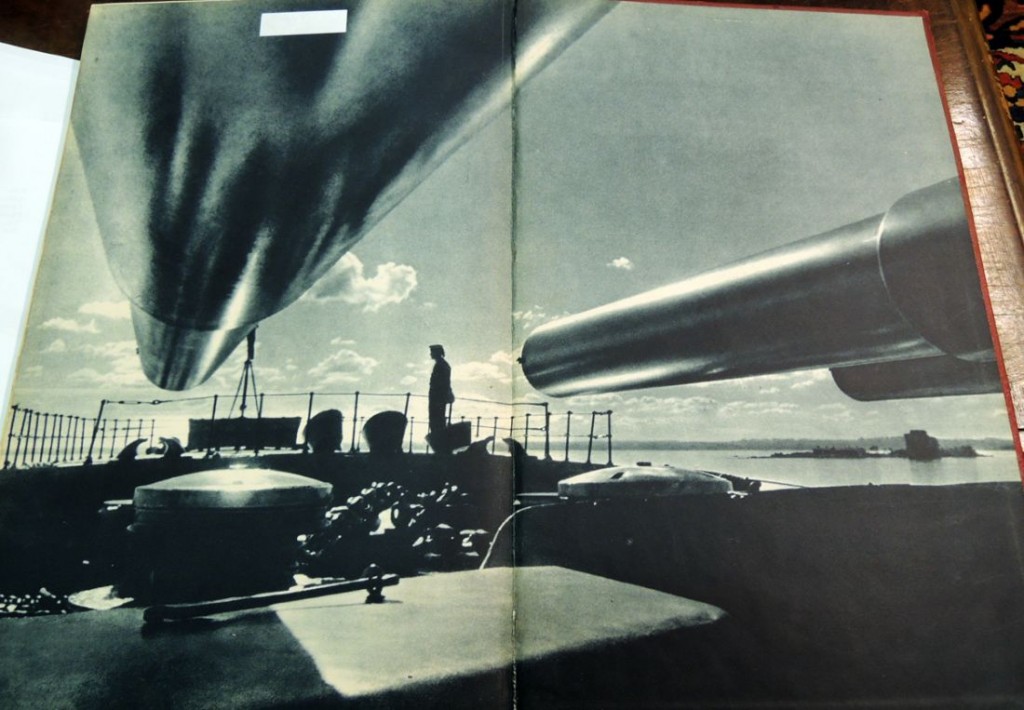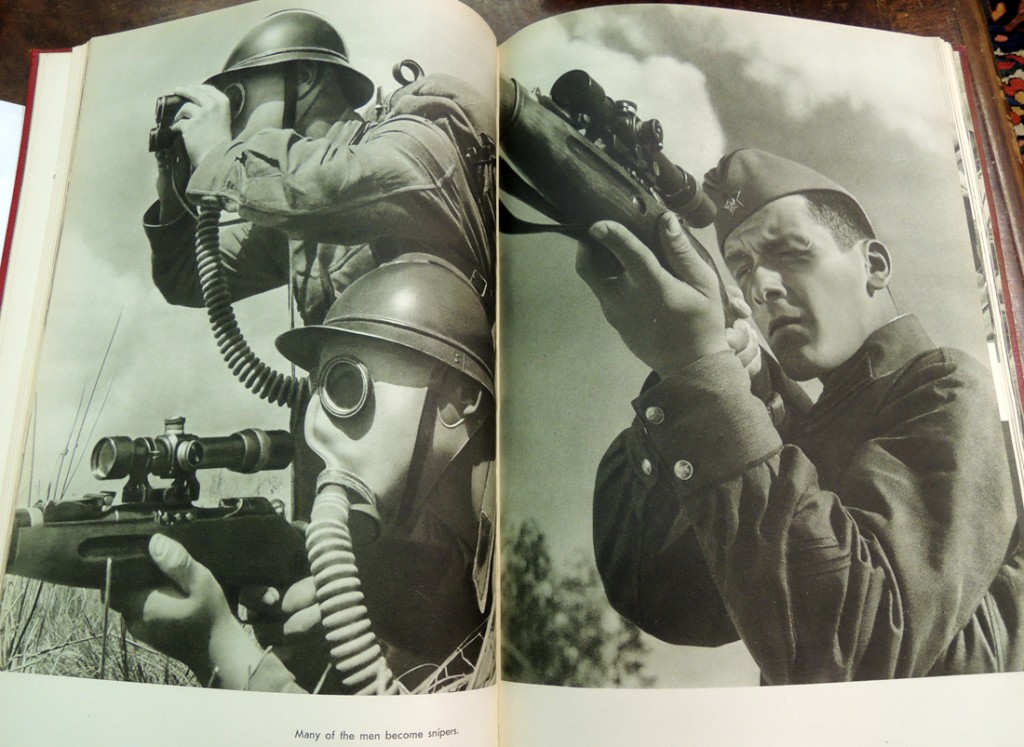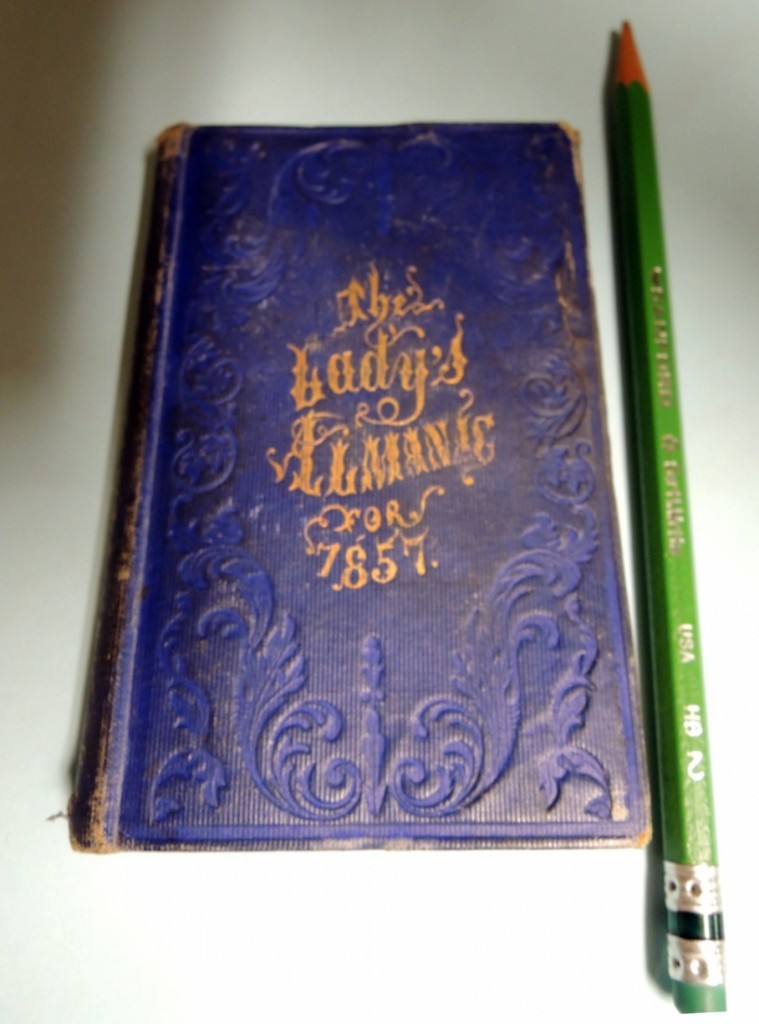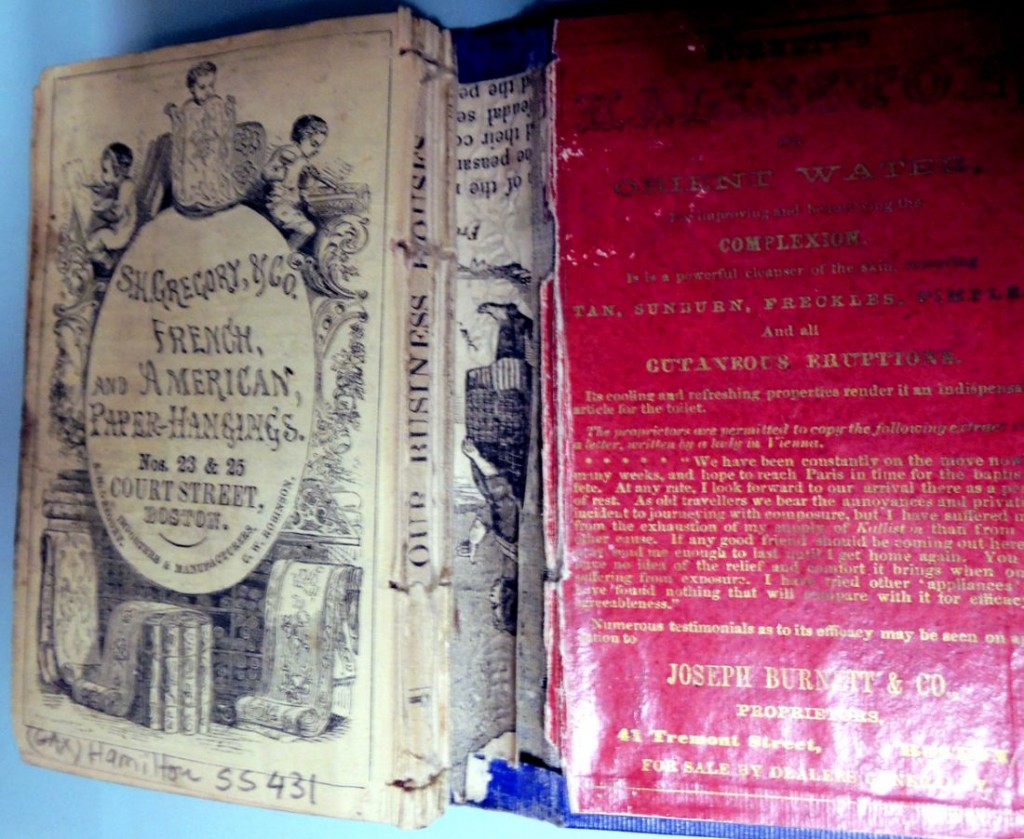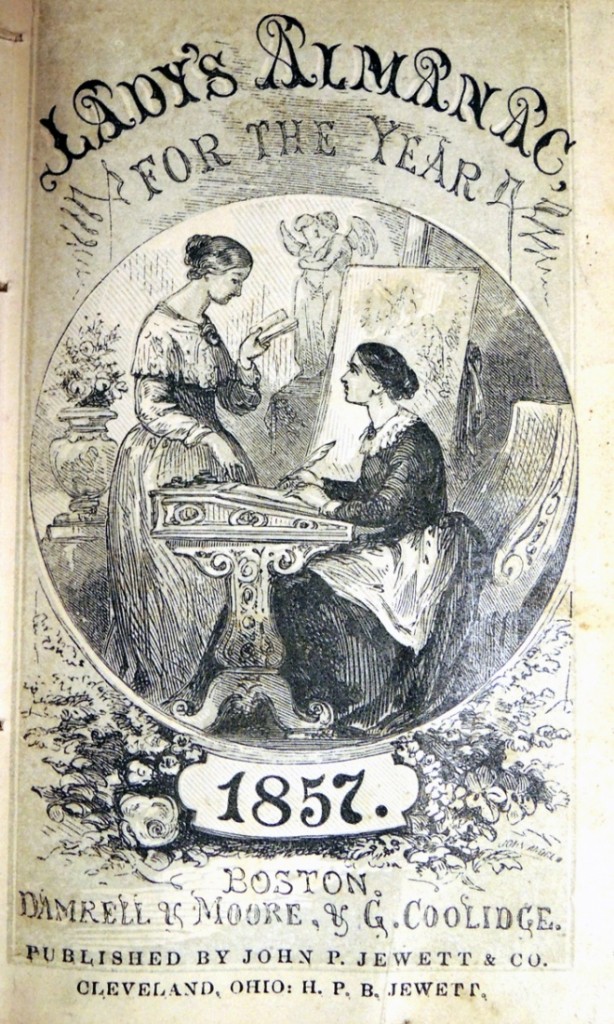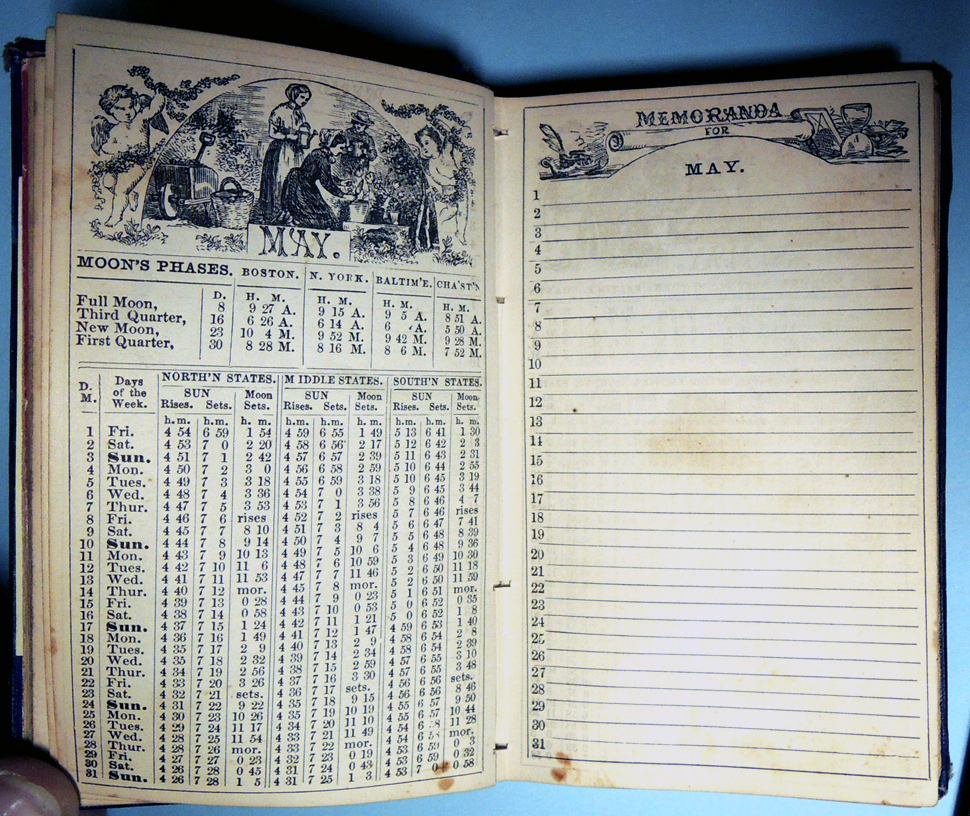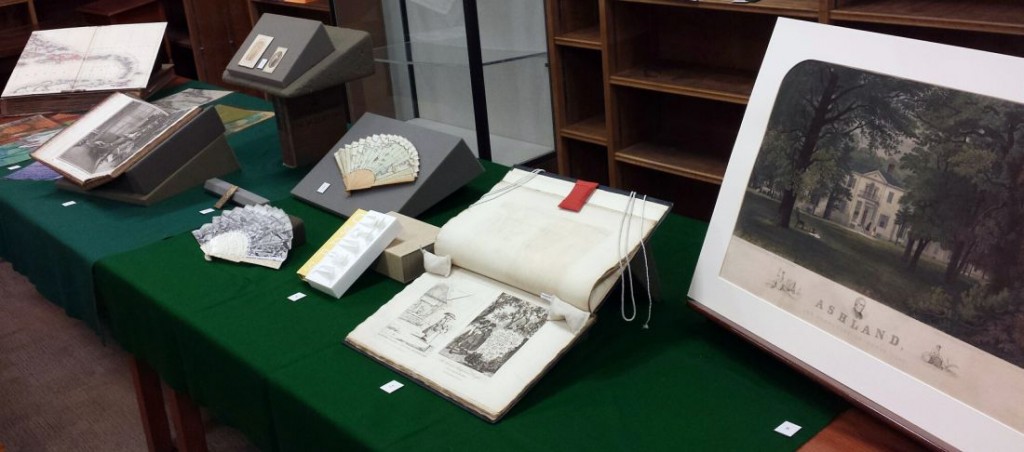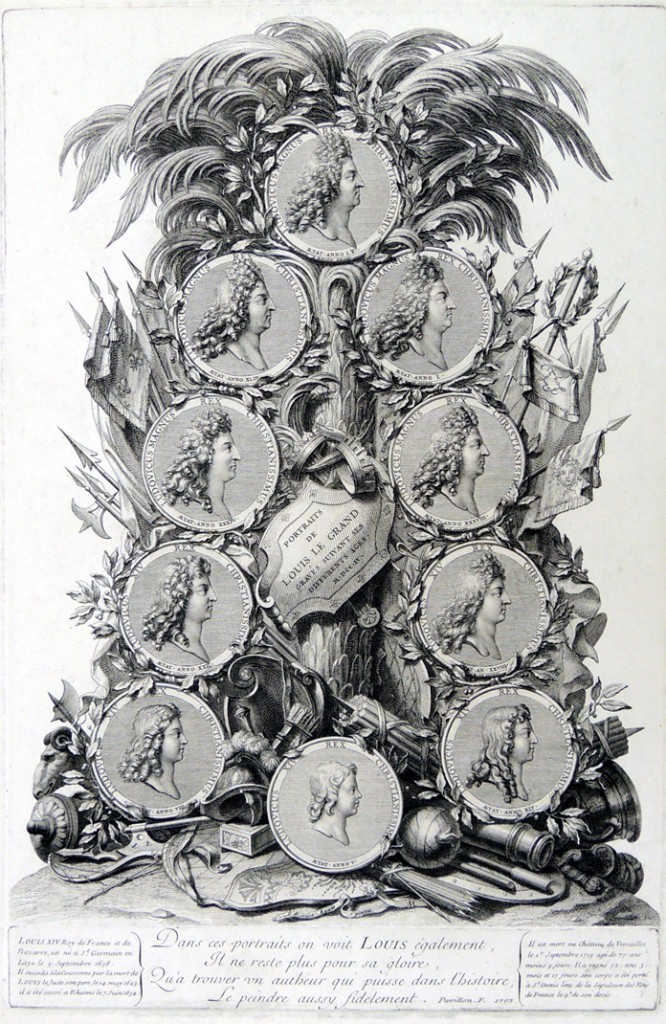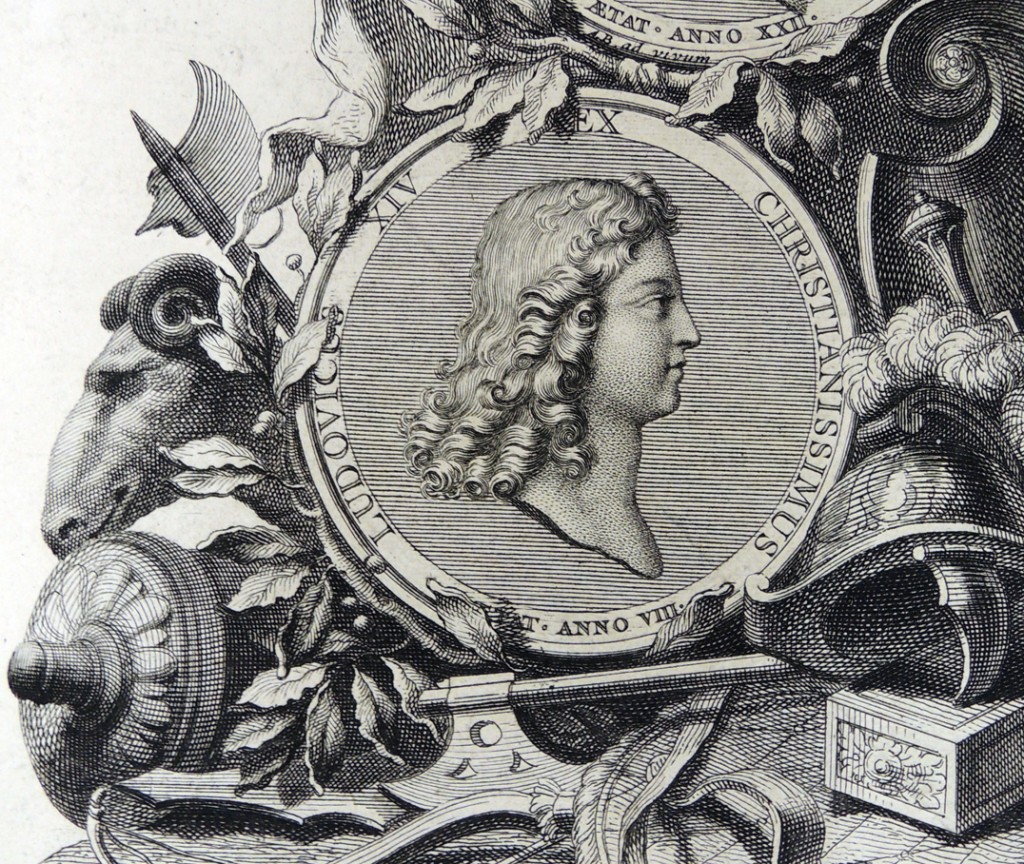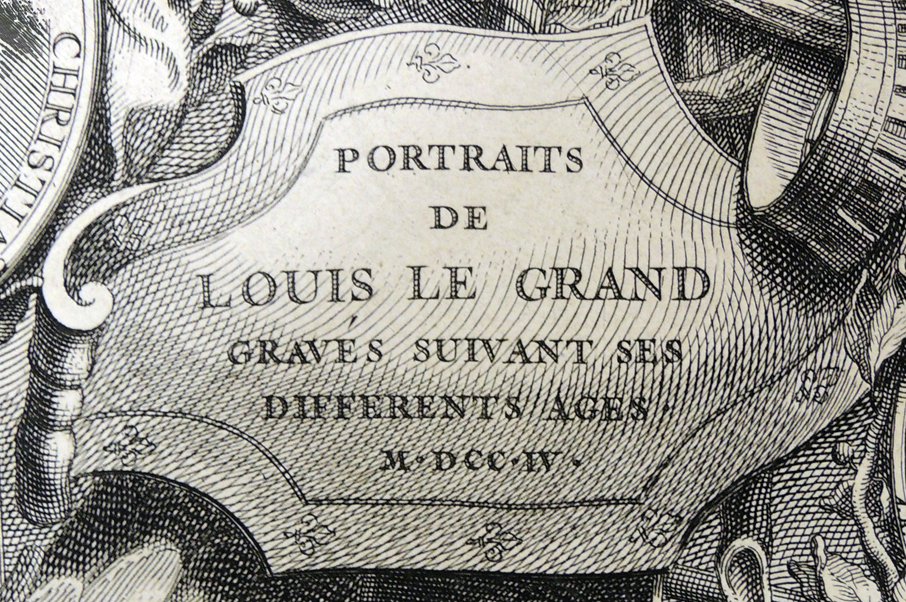 Thanks to the generous donations of Mary M. Schmidt, former art librarian of Princeton’s Marquand Art and Archeology Library, the Graphic Arts Collection is the proud new owner of eight 19th -century French illustrated books. Among them, J. J. Grandville (1803-1847), Scènes de la vie privée et publique des animaux: études de moeurs contemporaines (Scenes from the Private and Public Lives of Animals: Studies of Contemporary Manners) might be the most curious.
Thanks to the generous donations of Mary M. Schmidt, former art librarian of Princeton’s Marquand Art and Archeology Library, the Graphic Arts Collection is the proud new owner of eight 19th -century French illustrated books. Among them, J. J. Grandville (1803-1847), Scènes de la vie privée et publique des animaux: études de moeurs contemporaines (Scenes from the Private and Public Lives of Animals: Studies of Contemporary Manners) might be the most curious.
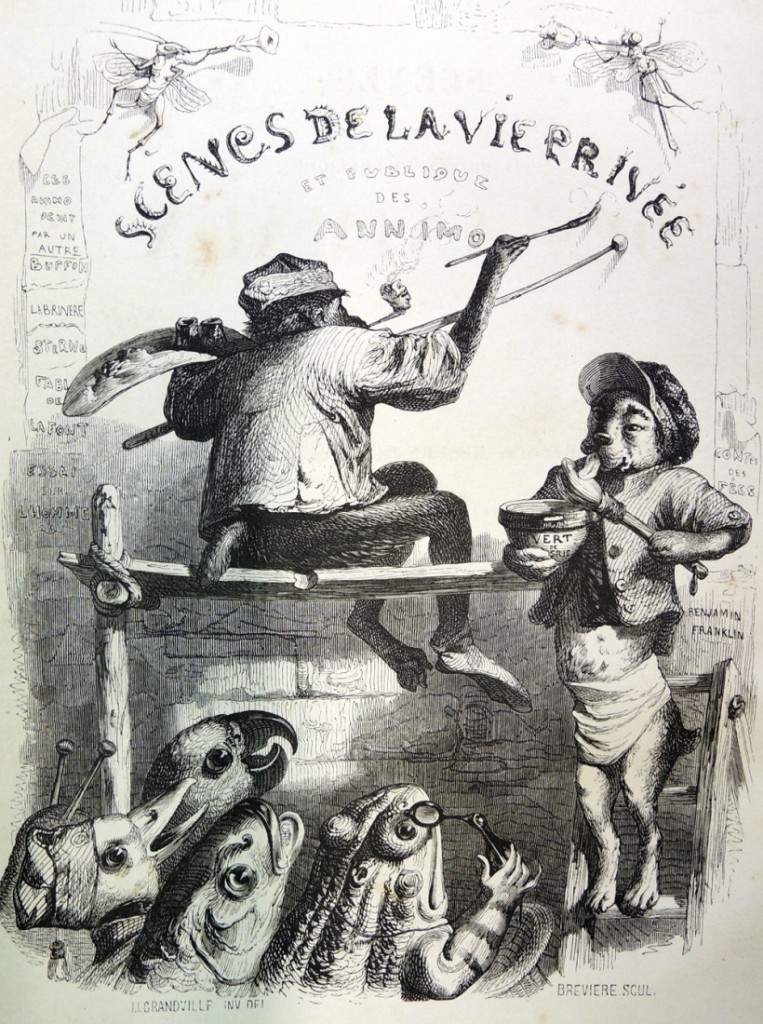
The first question one might ask is who is responsible for this book?
Authors include Honoré de Balzac (1799-1850); George Sand (1804-1876); Charles Nodier (1780-1844); Jules Janin (1804-1874); Pierre Bernard (1810-1876); Émile de La Bédollière (1812-1883); Louis Baudet (1804-1862); Édouard Lemoine (1814-1868); Lhéritier (dates unknown); Paul de Musset (1804-1880); Louis Viardot (1800-1883); Marie Mennessier-Nodier (1811-18??); and Alfred de Musset (1810-1857).
Wood engravers include Louis-Henri Brevière (1797-1869); Louis Dujardin (1808-1857); Célestin Nanteuil (1813-1873); Adolphe-Jean Best (1808-1879); J.-H. Caqué (1820?-1885?); Pierre-François Godard (1797-1864); Henri Désiré Porret (1800-185?); Charles Tamisier (1813-1855?); Brugnot (dates unknown); Saint-Elme Gautier (1849-1876?); François Rouget (1825?-18??); E. Bernard (dates unknown); Barbant (dates unknown); John Andrew (1800?-185?); Isidore Leloir (1802-18??); D. Thiébault (date unknown); Guibault (dates unknown) and Quichon (dates unknown).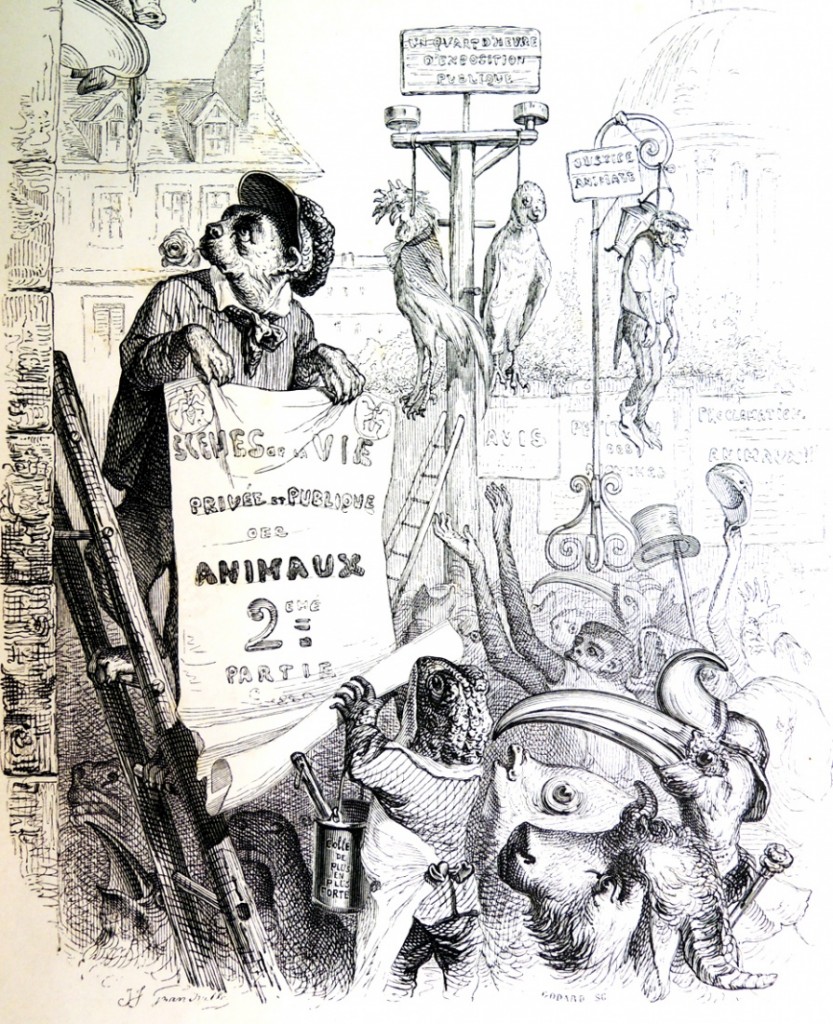
The concept and original drawings were by J.J. Grandville (pseudonym for Jean Ignace Isidore Gérard, 1803-1847), however, according to Gordon Ray, “The moving force behind this book was its publisher P.J. Hetzel, who himself contributed many chapters under the pseudonym of P.J. Stahl. Though his model was Les Français peints par eux-mêmes, Hetzel’s primary objective, as he remarks in his preface, was ‘to give words to Grandville’s marvelous animals, and to join our pen with his pencil…'” Gordon Ray, The Art of the French Illustrated Book, 1700 to 1914 (1982) Graphic Arts: (GARF) Oversize NC980 .R3 1982q
Grandville provided 232 illustrations, about 2/3 of which are full page plates, during the book’s serial appearance between 1840 and 1842.
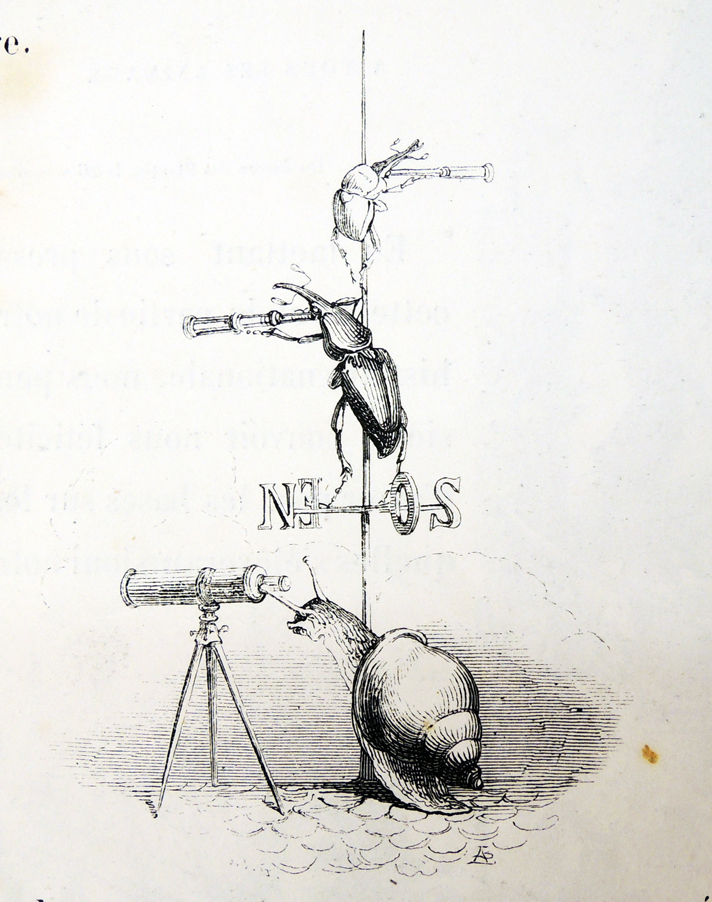 Mary Schmidt’s gifts, for which we are extremely grateful, include the following;
Mary Schmidt’s gifts, for which we are extremely grateful, include the following;
Le Lithographiana. Recueil de caricatures amusantes; d’anas, de reparties, bons mots, plaisanteries et petites anecdotes (Paris: Aubert, 1835).
Virgil, Les Georgiques de Virgile, traduites en vers français par Jacques Delille; avec des notes et les variants (Paris: De l’imprimerie de P. Didot aîné, 1803)
Molière, Oeuvres complètes de Molière. Nouvelle edition (Paris: Laplace, Sanchez et Cie., 1871)
Alain René Le Sage, Histoire de Gil Blas de Santillane (Paris: Paulin, Libraire-Éditeur, 1836)
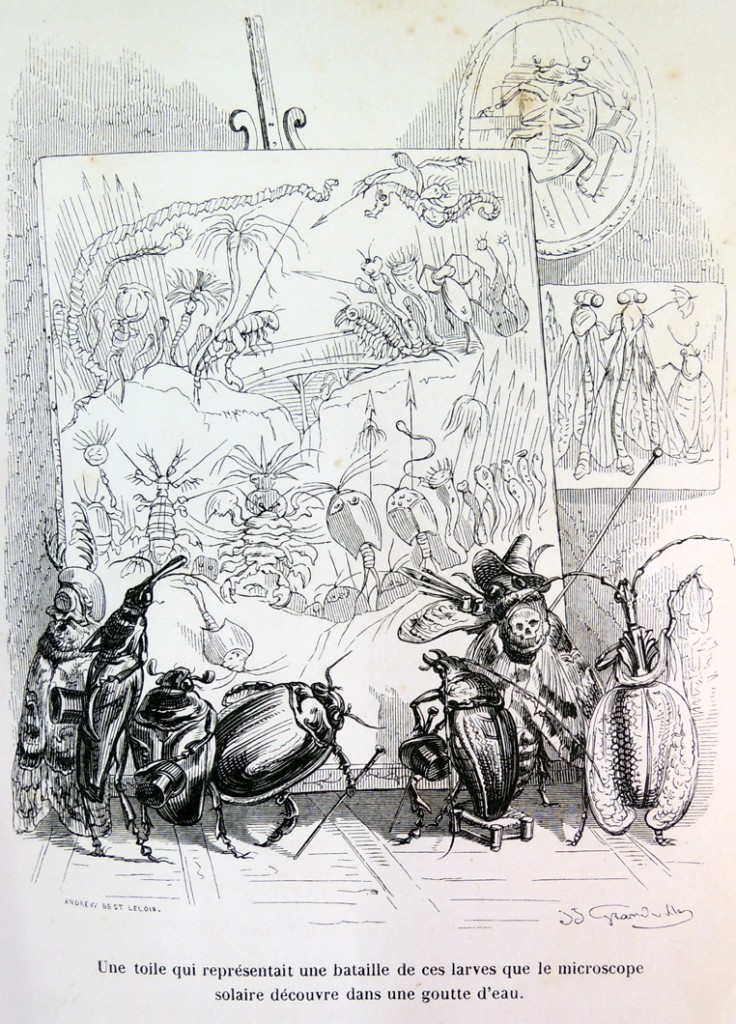
Torquato Tasso, La Jérusalem délivrée. Édition illustrée par MM. Baron et C. Nanteuil (Paris: J. Mallet et Cie, 1841)
Lodovico Ariosto, Roland furieux (Paris: Morizot, Imp. S. Bacon, 1864)
Jean de La Fontaine, Fables de la Fontaine (Paris: Garnier Frères, 1868)
J.J. Grandville, Scènes de la vie privée et publique des animaux: études de moeurs contemporaines (Paris: J. Hetzel et Paulin, Schneider et Langrand, Lacrampe et Cie, 1842)
Another good source of information on Grandville’s book, and the others, is H. Hazel Hahn, Scenes of Parisian Modernity: Culture and Consumption in the Nineteenth Century (New York: Palgrave Macmillan, 2009). Firestone Library (F) HC280.C6 H34 2009
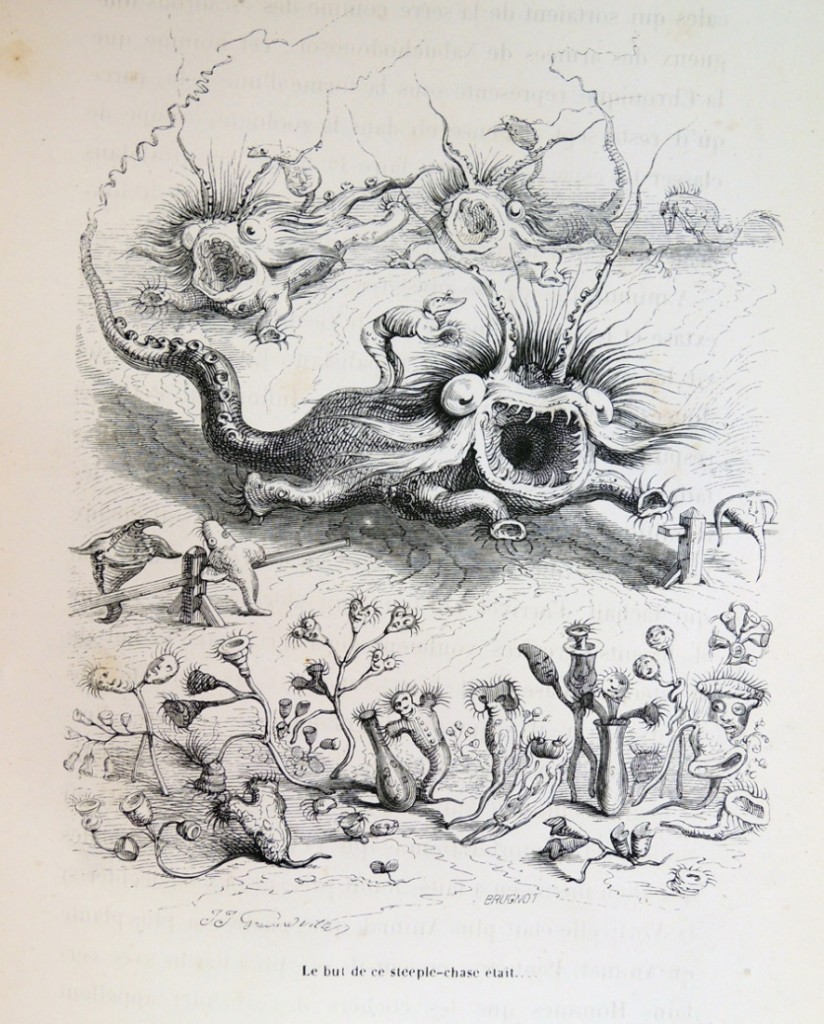
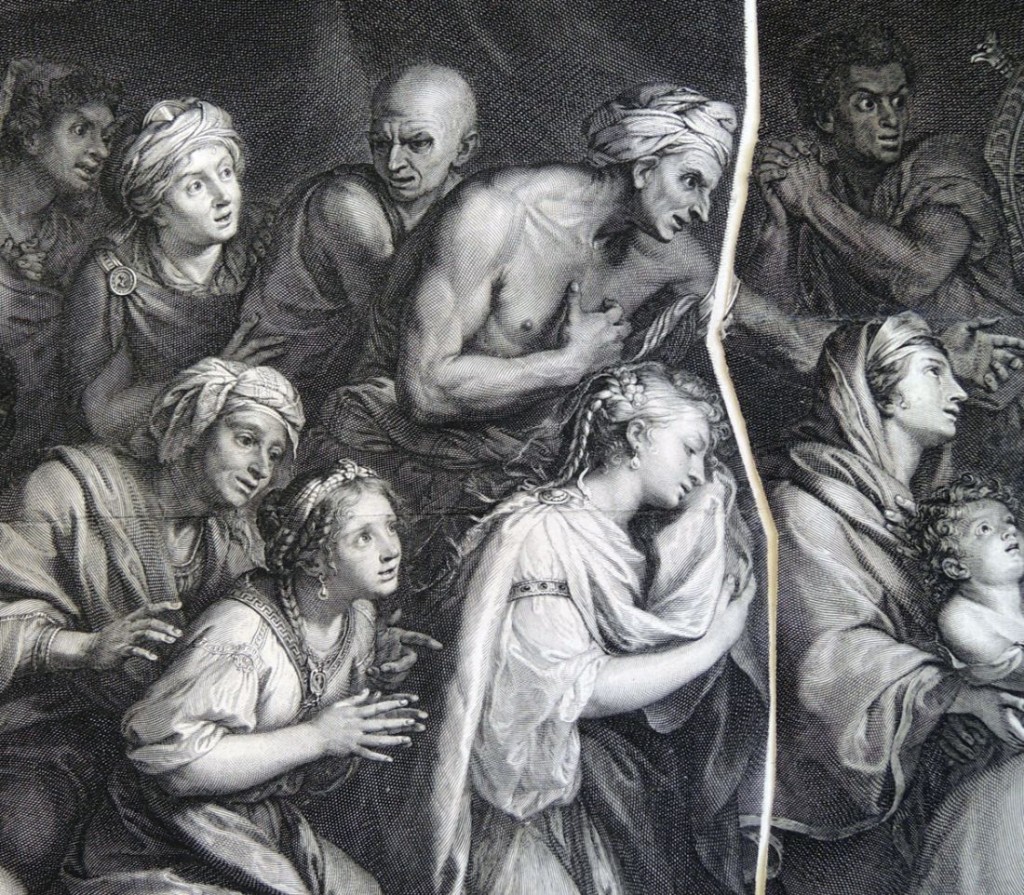 Gérard Edelinck (1640–1707) after Charles le Brun (1619-1690), Alexander and Hephaistion Visit the Family of Darius in their Tent after the Battle of Issus, 1661. Diptych engraving. Graphic Arts Collection GA Flemish prints. *The date indicates the year le Brun finished his painting for Louis XIV, now in the Musée du Château, Versailles.
Gérard Edelinck (1640–1707) after Charles le Brun (1619-1690), Alexander and Hephaistion Visit the Family of Darius in their Tent after the Battle of Issus, 1661. Diptych engraving. Graphic Arts Collection GA Flemish prints. *The date indicates the year le Brun finished his painting for Louis XIV, now in the Musée du Château, Versailles.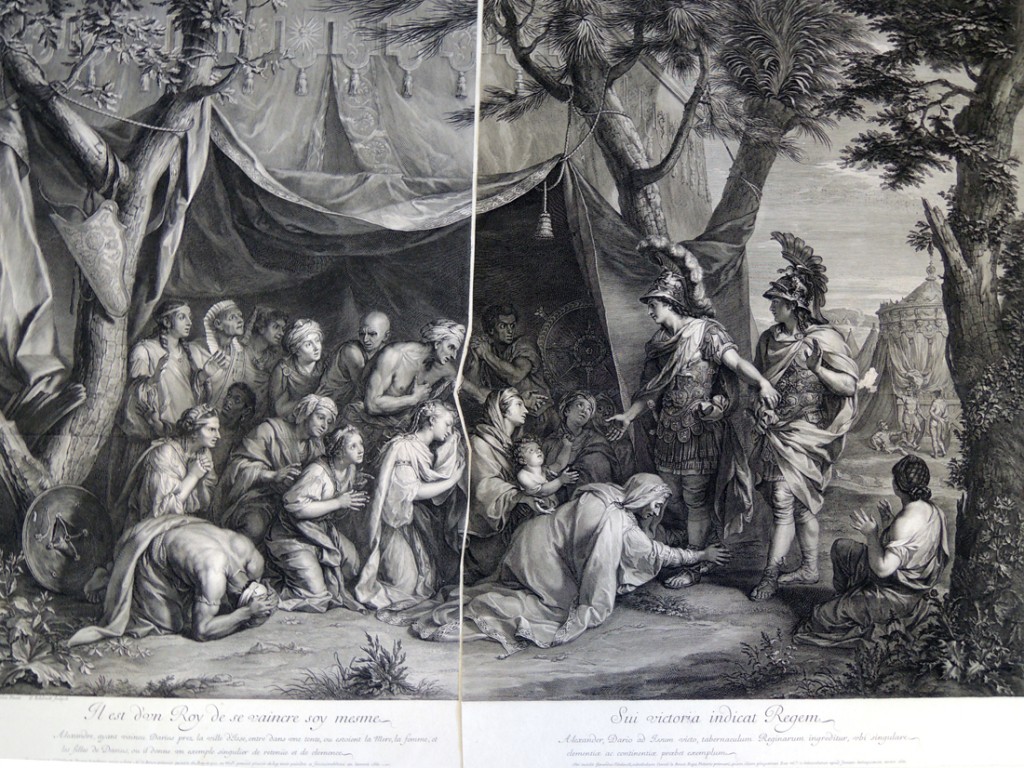 In 333 BC Alexander defeated Darius III, the last king of the Achaemenid Empire, at the Battle of Issus. Darius escaped capture, but his wife Statira, his mother, Sisgambis, and his daughters Statira and Drypetis were taken by Alexander.
In 333 BC Alexander defeated Darius III, the last king of the Achaemenid Empire, at the Battle of Issus. Darius escaped capture, but his wife Statira, his mother, Sisgambis, and his daughters Statira and Drypetis were taken by Alexander.
